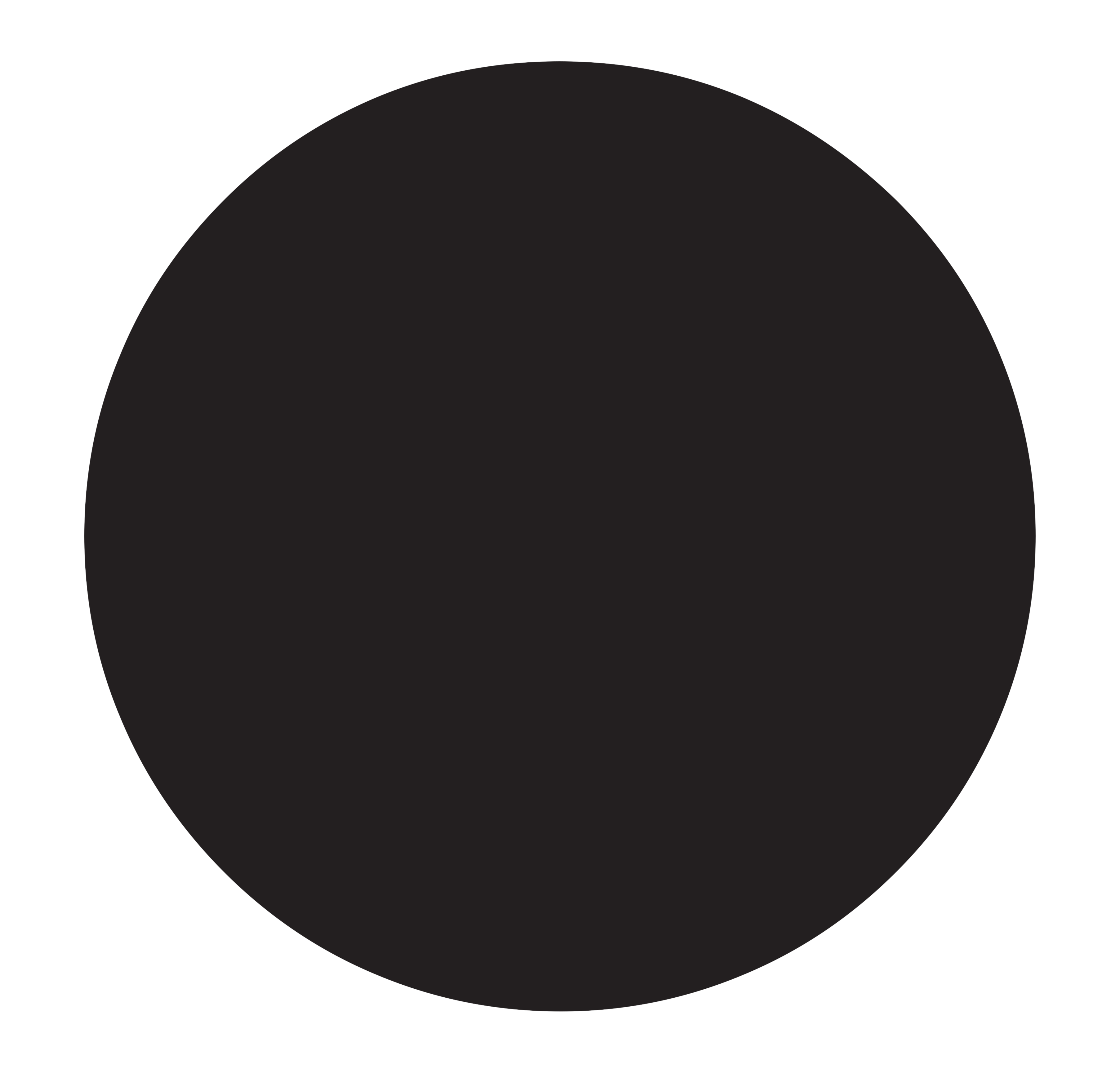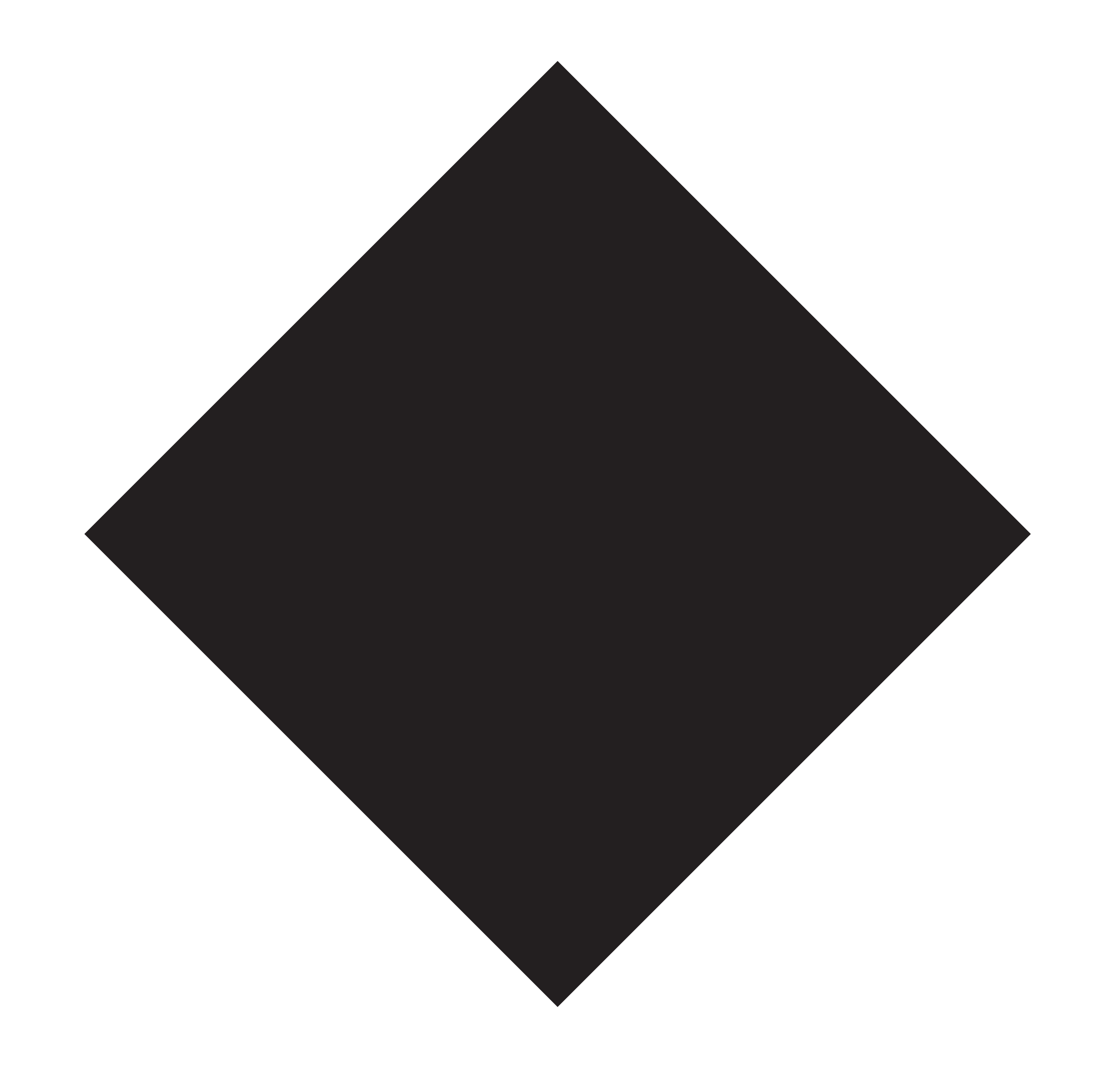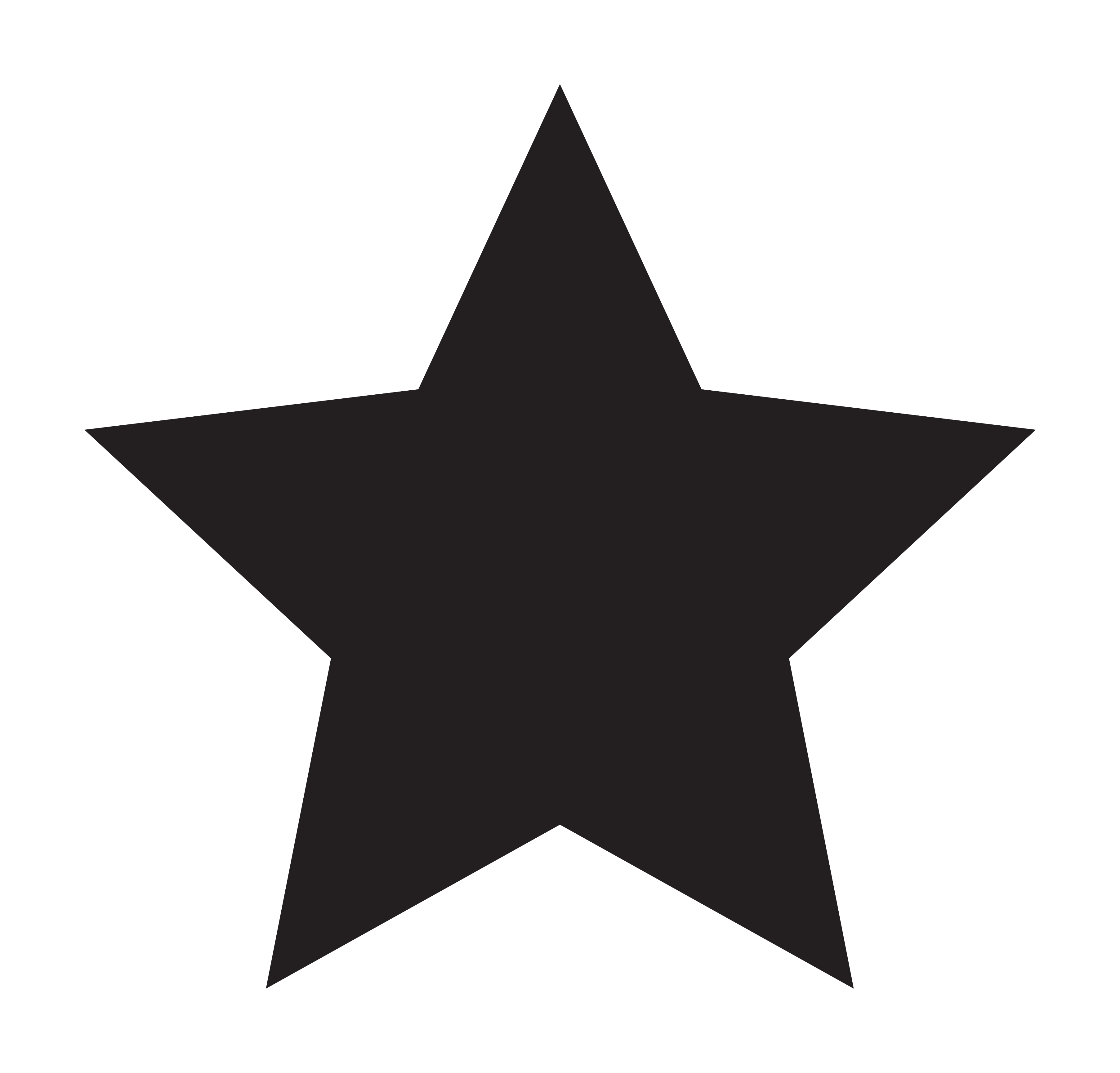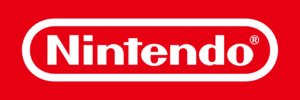Pokémon Trading Card Game: Difference between revisions
m (Realignment of Flashfire set) |
ToaJeremy505 (talk | contribs) m (→History) |
||
| Line 10: | Line 10: | ||
The Pokémon Trading Card Game made its debut in Japan in 1996, published by Media Factory. While other Pokémon card series existed before it, it was the first card game based on the Pokémon series. The first Pokémon TCG sets took inspiration from the then released {{game2|Red|Green|Blue}} and initially featured illustrations by [[Ken Sugimori]], [[Mitsuhiro Arita]] and [[Keiji Kinebuchi]]. The game's philosophy and basic rules started shaping, and new expansions began to release with many new artists contributing artwork. Three years later, in 1999, Pokémon TCG was introduced in North America by [[Wizards of the Coast]] with [[Base Set]]. Worldwide releases followed shortly. | The Pokémon Trading Card Game made its debut in Japan in 1996, published by Media Factory. While other Pokémon card series existed before it, it was the first card game based on the Pokémon series. The first Pokémon TCG sets took inspiration from the then released {{game2|Red|Green|Blue}} and initially featured illustrations by [[Ken Sugimori]], [[Mitsuhiro Arita]] and [[Keiji Kinebuchi]]. The game's philosophy and basic rules started shaping, and new expansions began to release with many new artists contributing artwork. Three years later, in 1999, Pokémon TCG was introduced in North America by [[Wizards of the Coast]] with [[Base Set]]. Worldwide releases followed shortly. | ||
New features constantly appear in the Pokémon TCG. With the release of {{game|Gold and Silver|s}}, the ''Neo Series'', a new Series of expansions, started bringing the [[Generation II|new Pokémon]], as well as other new streaks, including {{TCG|Metal|two}} {{TCG|Darkness|new}} {{TCG|type}}s of Pokémon cards into the game as well as Light and Dark Pokémon which would be discontinued until the {{TCG|EX Team Rocket Returns}} set where there would be Dark {{TCG|Pokémon-ex}}. New Series released on a similar pattern. The ''e-Card Series'' presumed upon the [[Game Boy Advance]] add-on [[e-Reader]], with cards carrying a | New features constantly appear in the Pokémon TCG. With the release of {{game|Gold and Silver|s}}, the ''Neo Series'', a new Series of expansions, started bringing the [[Generation II|new Pokémon]], as well as other new streaks, including {{TCG|Metal|two}} {{TCG|Darkness|new}} {{TCG|type}}s of Pokémon cards into the game as well as Light and Dark Pokémon which would be discontinued until the {{TCG|EX Team Rocket Returns}} set where there would be Dark {{TCG|Pokémon-ex}}. New Series released on a similar pattern. The ''e-Card Series'' presumed upon the [[Game Boy Advance]] add-on [[e-Reader]], with cards carrying a scanable surface, while the ''EX Series '' brought {{TCG|Pokémon-ex}} on the game. Most recently, the ''HeartGold & SoulSilver Series'' featured {{TCG|Pokémon LEGEND}}, two-parted cards with two Pokémon; and {{TCG|Pokémon Prime}}, Pokémon with powerful and/or tactical attacks and {{TCG|Poké-Power}}s or {{TCG|Poké-Body}}s. | ||
With the release of the ''EX Series'', the Series corresponding to the Japanese ''ADV Series'', outside of Japan, Pokémon TCG started publishing under [[Nintendo]], instead of Wizards of the Coast. Ultimately, starting with the ''Diamond & Pearl Series'', [[The Pokémon Company]] also began distributing the card game in Japan, replacing Media Factory. Also starting with the ''Diamond & Pearl Series'' came {{TCG|Pokémon LV.X}}, upgraded Level up versions of the Pokémon they were to level up from. Pokémon LV.X were to continue from the sets {{TCG|Diamond & Pearl}} to {{TCG|Platinum: Arceus}}. | With the release of the ''EX Series'', the Series corresponding to the Japanese ''ADV Series'', outside of Japan, Pokémon TCG started publishing under [[Nintendo]], instead of Wizards of the Coast. Ultimately, starting with the ''Diamond & Pearl Series'', [[The Pokémon Company]] also began distributing the card game in Japan, replacing Media Factory. Also starting with the ''Diamond & Pearl Series'' came {{TCG|Pokémon LV.X}}, upgraded Level up versions of the Pokémon they were to level up from. Pokémon LV.X were to continue from the sets {{TCG|Diamond & Pearl}} to {{TCG|Platinum: Arceus}}. | ||
Revision as of 20:04, 26 May 2014
- This article is about the Trading Card Game itself. For the Game Boy game related to this game, see Pokémon Trading Card Game (game).

|
This article does not yet meet the quality standards of Bulbapedia. Please feel free to edit this article to make it conform to Bulbapedia norms and conventions. |
The Pokémon Trading Card Game (Japanese: ポケモンカードゲーム, Pokémon Card Game), often abbreviated as Pokémon TCG, is a tabletop game that involves collecting, trading and playing with Pokémon-themed playing cards. It has its own set of rules, and uses many motifs derived from the games. There are cards for every species of Pokémon, as well as cards featuring characters, items and other themes of the Series, each with a different use; artwork is provided by numerous artists.
The Pokémon TCG is a popular and steady aspect of the Pokémon franchise, played and enjoyed by many fans. Nearly 15 billion Pokémon Trading Card Game cards have been produced worldwide. It is part of the Play! Pokémon organized play along with the video game series.
History
The Pokémon Trading Card Game made its debut in Japan in 1996, published by Media Factory. While other Pokémon card series existed before it, it was the first card game based on the Pokémon series. The first Pokémon TCG sets took inspiration from the then released Pokémon Red, Green, and Blue and initially featured illustrations by Ken Sugimori, Mitsuhiro Arita and Keiji Kinebuchi. The game's philosophy and basic rules started shaping, and new expansions began to release with many new artists contributing artwork. Three years later, in 1999, Pokémon TCG was introduced in North America by Wizards of the Coast with Base Set. Worldwide releases followed shortly.
New features constantly appear in the Pokémon TCG. With the release of Pokémon Gold and Silver, the Neo Series, a new Series of expansions, started bringing the new Pokémon, as well as other new streaks, including two new types of Pokémon cards into the game as well as Light and Dark Pokémon which would be discontinued until the EX Team Rocket Returns set where there would be Dark Pokémon-ex. New Series released on a similar pattern. The e-Card Series presumed upon the Game Boy Advance add-on e-Reader, with cards carrying a scanable surface, while the EX Series brought Pokémon-ex on the game. Most recently, the HeartGold & SoulSilver Series featured Pokémon LEGEND, two-parted cards with two Pokémon; and Pokémon Prime, Pokémon with powerful and/or tactical attacks and Poké-Powers or Poké-Bodys.
With the release of the EX Series, the Series corresponding to the Japanese ADV Series, outside of Japan, Pokémon TCG started publishing under Nintendo, instead of Wizards of the Coast. Ultimately, starting with the Diamond & Pearl Series, The Pokémon Company also began distributing the card game in Japan, replacing Media Factory. Also starting with the Diamond & Pearl Series came Pokémon LV.X, upgraded Level up versions of the Pokémon they were to level up from. Pokémon LV.X were to continue from the sets Diamond & Pearl to Platinum: Arceus.
Notably, two Game Boy Color video games based on the card game were also released; Pokémon Trading Card Game in 1998, and its sequel, Template:Card GB 2, three years later. Only the former was released outside of Japan. Other media related to Pokémon TCG include several manga titles.
How to play
Players must build a deck of sixty cards using a combination of various "Pokémon" cards (the main type of cards, used to battle), "Trainer" cards (cards with special effects) and "Energy" cards (cards that are required to perform most moves). To win, players must take their six prize cards by "knocking out" their opponent's Pokémon, i.e. reducing the HP to zero. Players may also win when their opponent runs out of Pokémon on the field, or if their opponent cannot draw a card at the beginning of their turn.
Unlike traditional card games which use a single deck of 52 preset cards, trading card games (TCGs) are constantly and continuously growing. New cards with new game abilities are released at a steady interval in order to keep the game fresh and alive. The only cost of TCGs, however, is that they force players to constantly keep in touch with the game, as well as forcing them to purchase new cards from newly released sets. Players who do not stay current run the risk of falling behind other players. The Pokémon TCG requires a deck of 60 cards for amateur or organized tournament play. Shorter matches can be held with "half-decks" consisting of 30 cards instead. During a 60 card match, only four of any one card, excluding Basic Energy cards, are allowed in each deck. This is further limited to two of any one card in a half-deck match.
Fans have also created their own game rules and playing methods. There are websites devoted to providing alternative playing methods for fans.
Card types
- Main article: Card types
- Pokémon
- Trainer card
- Goldenrod Game Corner
- Item card
- Pokémon Tool
- Rocket's Secret Machine
- Stadium card
- Supporter card
- Technical Machine
- Ace Spec card
- Energy card
- Basic Energy cards
- Special Energy cards
On the bottom right corner most cards, there is a small logo that indicates its rarity.
 (Common)
(Common) (Uncommon)
(Uncommon) (Rare)
(Rare)- No symbol usually denotes a card that is part of a promotional set or a Basic Energy card.
Wizards of the Coast sets
Original Series
Neo Series
Legendary Collection Series
e-Card Series
Promotional series
Unreleased sets
Nintendo sets
EX Series
Diamond & Pearl Series
Platinum Series
HeartGold & SoulSilver Series
Call of Legends Series
Black & White Series
XY Series
Promotional series
- EX Trainer Kit
- EX Battle Stadium
- EX Trainer Kit 2
- Nintendo Black Star Promos
- Diamond & Pearl Trainer Kit
- DP Black Star Promos
- HS Trainer Kit
- HGSS Black Star Promos
- Black & White Trainer Kit
- Dragon Vault
- BW Black Star Promos
- Kalos Starter Set
- XY Trainer Kit
- XY Black Star Promos
- EX Series Value Pack
- POP Series 1-9
- 2004 World Championships
- 2005 World Championships
- 2006 World Championships
- 2007 World Championships
- 2008 World Championships
- 2009 World Championships
Japanese sets
Exclusive Sets
Exclusive Decks
- e-Series
- ADV era
- PCG era
- DP era
- DPt era
- LEGEND era
Promotional Series
- Unnumbered Promotional cards
- P Promotional cards
- T Promotional cards
- J Promotional cards
- ADV-P Promotional cards
- PCG-P Promotional cards
- PLAY Promotional cards
- DP-P Promotional cards
- DPt-P Promotional cards
- L-P Promotional cards
- BW-P Promotional cards
- Unreleased cards
External links
- Pokémon.com TCG section Official English TCG Resource
- Pokémon-Card.com Official Japanese TCG Resource (Japanese)
- The PokéGym
- PokéBeach
- Pokémon Marriland
On Bulbagarden forums

|
This article is part of Project TCG, a Bulbapedia project that aims to report on every aspect of the Pokémon Trading Card Game. |





